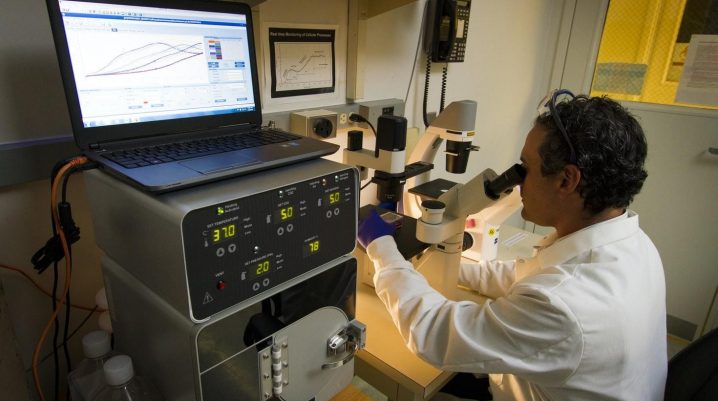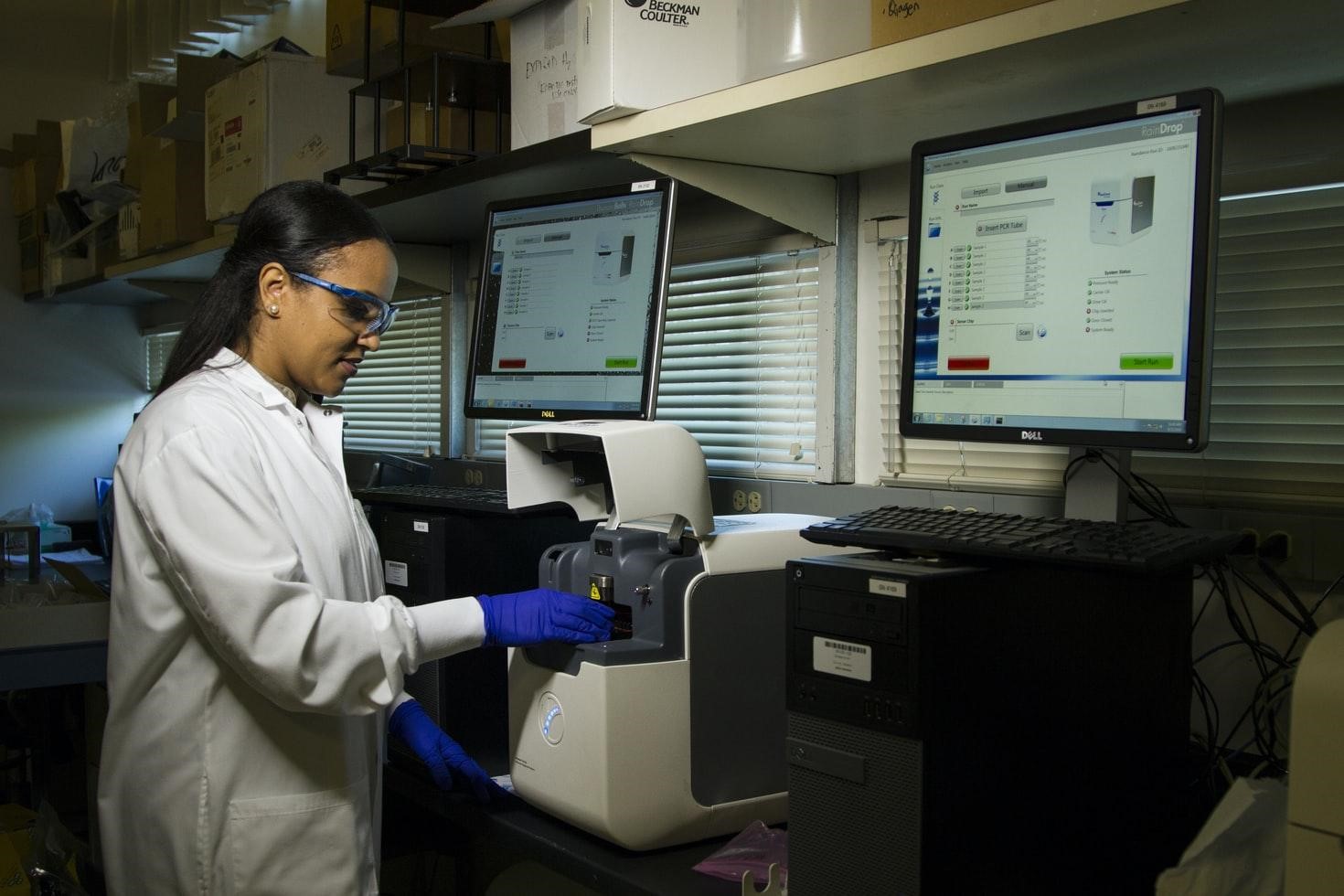
We all know how computers and microchips have brought a technological revolution. Different software has been used to improve businesses, and even smartphones are helping with work and education.
The life sciences industry is a booming area, and it continues to grow and expand with every passing decade. Once again modern technology has enhanced the industry. If you’re keen to learn more about its influence, read this article because it will fill in the gaps for you.
What Is The Life Sciences Industry?
The life sciences industry is a subset of the health care sector. It’s been around for centuries, but it has seen major changes in recent decades. This is due to advancements in technology and a better understanding of how drugs work on cells or entire organisms. This has enabled scientists to find solutions to diseases that were previously incurable.
The life sciences industry includes the companies that develop and sell life science products to consumers. There are many different examples, including:
– Prescription Drugs
– Inhalers
– Over the Counter Drugs
– Herbal Supplements
– Veterinary Care Products
– Fitness Equipment for Home Use
It Helps With The Production Of Raw Material And Products
The raw materials that are used in the life sciences industry include chemicals, microorganisms and new forms of living cells or tissues. Modern technology is used to analyze its performance and also for quality control throughout the process.
There is lots you can learn about this specific aspect of the life sciences if you go online. If you’re interested in a bio fermenter you can access fermentation development services and learn about gut microbiome research. There are also strain development services, protein expression services and information on e.coli and bacillus subtilis.
It Enhances Its Potential
Technology has allowed life science companies to do things they couldn’t do before. This is because it makes life easier for scientists and researchers, and those who work in the industry at large.
Modern technology helps researchers and scientists apply what’s been learned from their experiments – developing new treatments on a regular basis. These discoveries have made some of the most common diseases treatable with pills rather than surgery.
The Equipment Can Be Developed And Customised For Purpose
Some of this technology includes:
- Medical scanners such as MRI machines that can see inside your body, so doctors can diagnose conditions like cancer more quickly and accurately than ever before
- Computers running life science software that allows biologists to design proteins that could cure diseases
- Supercomputers that can simulate what happens in nature, allowing people to test how engineering solutions might work before they build prototypes
- Microscopes that are capable of looking at single molecules and equipment like gene sequencers that allow you to know what genes are present in an organism
- DNA sequencing machines and computers programmed specifically for bioinformatics analyses…the list goes on!
It Helps With Databases
A database is multi-purpose software that is designed to store and analyze information. It was originally used for business purposes but is now harnessed by many different kinds of organizations including schools and hospitals. Thanks to computerization, people no longer need to keep filing cabinets full of paperwork; it can be stored in the cloud if required. (The data files can also include detailed study records and notes and images taken during experiments).
One database was created that was called The Cancer Genome Atlas (TCGA) and it stores all types of genomic samples from different cancers. It allows doctors to gain new insights for providing better treatments. This technology improves collaboration between scientists in many parts of the globe. This is achieved by bringing together databases from universities across Europe, so they can all work together on one project. Nowadays there is even open access data where datasets are published online without restrictions or fees attached – this makes sharing much easier than ever before.
It Helps With Study And Education
The study of medicine and biology is becoming more advanced as technology helps us collect the information to study. Technology has made it possible for people who cannot travel to a university or hospital (such as those in remote areas with poor transport links), to study at home and receive the same education.
There are also programs that allow you to study remotely from another country through an online degree program. This can be very helpful if someone needed further qualifications but did not want to move countries.
Some of the ways technology can help students with their study include:
- Video conferencing
- Reviewing study materials online
- Using a tablet to take notes and access study material
- The abundance of articles, blogs and Youtube videos on the internet
- Social media
It Is Used For Research And Experiments
We have already touched upon this but here are some more examples:
-Medicine research that uses DNA sequencing machines can monitor cancer mutations in real-time, and MRI scanners can provide accurate data on brain activity at any given point in time.
-In the pharmaceutical industry, research scientists use high-performance computing to find novel drug therapies and researchers in universities are using protein engineering to create new enzymes that can be used for biological research.
-Engineers and research scientists are working together to create new technologies that can handle biological samples. They also want to design lab-on-a-chip technology which will enable researchers to do experiments in a miniaturized environment.

It Is Used To Enhance Communication With Other Researchers
We discussed this previously, and this communication can take place remotely using video conferencing tools like Skype, FaceTime, etc. It also includes social media platforms such as Twitter (and hashtags) which are used by researchers to communicate with one another on research subjects related to their work. This allows scientists from different geographical locations who have similar research interests to connect and research together.
Almost every angle of this industry has been influenced and improved by technological advancement. Research has become simpler and more streamlined, communication has been enhanced and solutions have been more readily found. Modern innovation has provided us with powerful tools for resolving medical issues and improving human lives.
